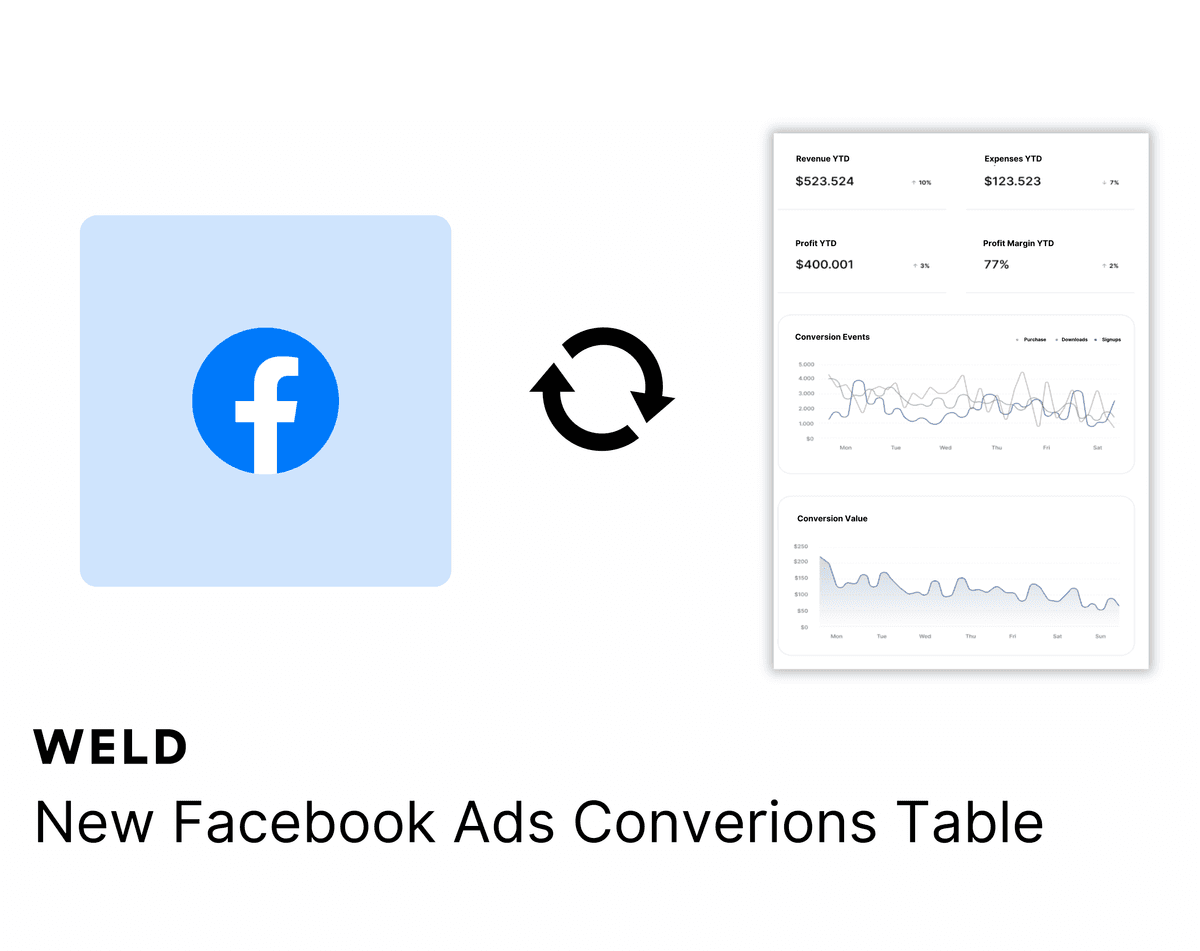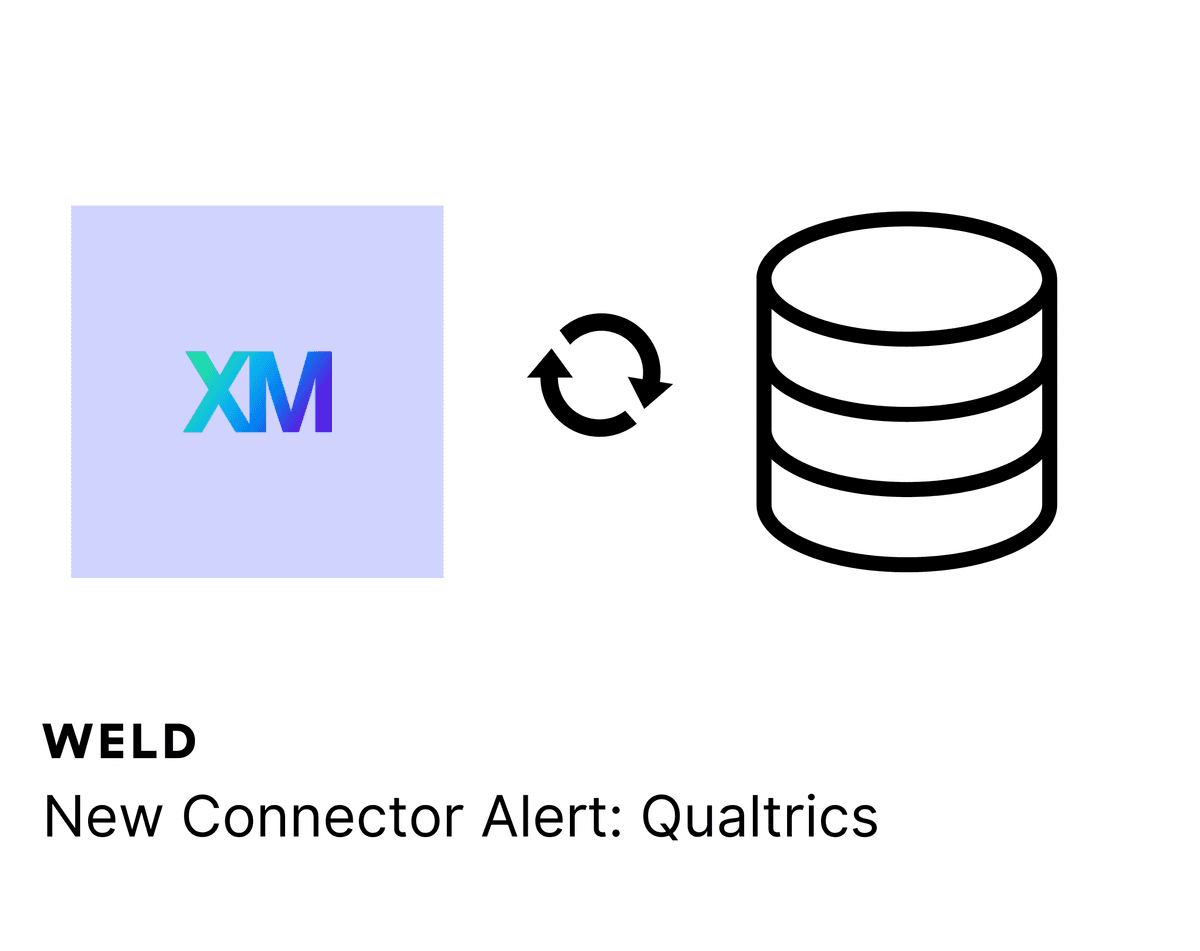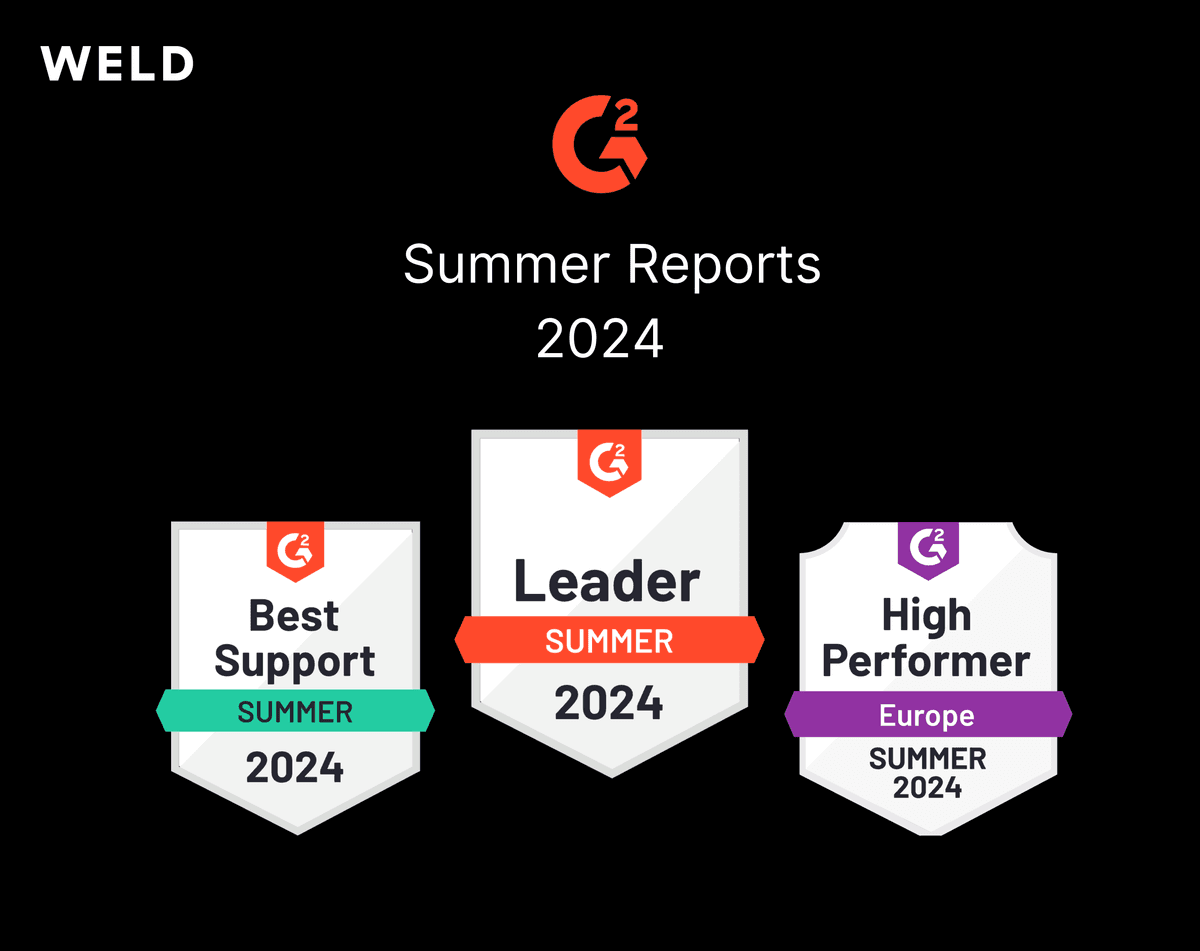
All great leaders know that data is key to success, and it starts with tracking your core metrics. For business-to-business (B2B) companies, this is especially important because you’re often providing a product or service that other businesses will invest in long-term. To stay competitive, you need to continuously evolve your product and commercial strategy to match the fluctuating needs of your users, industry shifts, and advancing technology.
Measuring the metrics that count is at the heart of this innovation and ongoing improvement, but it’s not always easy to know where to start. Keep reading to select the most important metrics for your B2B company, how to measure them accurately, and how to get your data organized so every team and contributor knows exactly where to find it.
4 essential B2B marketing metrics
Here are some important B2B metrics that your marketing team should keep a close eye on. Of course, these will bring relevant insights for other departments, so it’s important to have a good system in place for maintaining KPI alignment across teams.
1. Website traffic
In 2022, your website is your storefront, business card, and point of contact. And just like a storefront, business card, or point of contact, it's critical that people see it. To monitor this, you need to be tracking your website traffic.
Tracking your website traffic is a built-in feature of most CMS solutions. If your site doesn't track website traffic, there are countless third-party solutions that can do it for you. What matters is keeping up with it, noticing when it dips or spikes, and understanding what changes or adjustments are contributing to these fluctuations.
2. Cost per lead
Generating new leads is core to helping your sales department land new customers. Just as crucial to the process, however, is ensuring that you're spending the right amount to generate each lead. That's where cost per lead, or CPL, comes into play.
CPL is used to measure the amount you’re spending per lead against how much value you’re generating from each lead. Depending on your business model, the stage of your business, and your goals, your CPL can vary a lot. If your solution is an expensive, long-term subscription, it makes sense to have a higher CPL, whereas one-time inexpensive purchases are more likely to have a low CPL.
You can calculate your CPL by looking at the amount you spent on a particular marketing campaign, or how much you spend on marketing in a particular timeframe, and dividing it by the number of lead conversions it produced. If you spent $500 on a campaign and generated 5 leads, your CPL is $100.
3. Conversion rates
Your business will likely have several conversion rates going for it. A conversion rate is the percentage of visitors or users who take the intended action from one of your initiatives. If someone clicks through to a landing page from a Linkedin ad, that’s a conversion. If they then sign up for a demo from the landing page, that's a conversion.
Calculating a conversion rate is simple. It might be dividing the number of clicks by the number of views on an ad (also known as click-through rate or CTR), or the number of sign ups by the number of unique visitors on your pricing page. Then, multiply that number by 100 to get the percentage.
Depending on the initiative, there are lots of benchmarks you can find online based on your industry, the channel, and the goal. But usually the best measure of success is to compare yourself to yourself — you want to improve the conversion rate you have, and looking to a similar project your team has worked on is a good way to get a benchmark to strive toward.
4. Marketing qualified leads
Marketing qualified leads (MQLs) are leads that your marketing department has deemed likely to convert. What (or who) you define as an MQL will be specific to your business. You might look at factors like industry, company size, job title, or even whether they’ve visited certain pages or taken certain actions on your website.
If your sales team is picking up plenty of leads from your marketing team but they aren’t converting, it could indicate a disconnect in your messaging or approach. Setting a clear definition of what makes a lead ‘qualified’ helps ensure a smooth hand-off and better collaboration between marketing and sales.
However you define an MQL, it needs to line up with the greater go-to-market strategy and overall business direction. There needs to be a common understanding across all teams of what types of people or companies you want to purchase your product or service. This is how you increase your overall conversion, create a consistent customer experience, and become leaders in your market category.

The 4 most important B2B sales metrics
The second selection of B2B metrics your business should be tracking are sales metrics. These metrics give a deeper understanding of who is purchasing or signing up for your product, how well you’re retaining customers or clients, and how you might continue to adapt your services to meet your ideal customer’s needs.
5. Customer acquisition cost
The first sales metric to watch is also one of the most important: Your customer acquisition cost (CAC). CAC, exactly as it sounds, is how much your business spends per customer it acquires.
To calculate this number, you'll want to look at a specific period of time. Generally, a quarter is a good timeframe to consider. Look at how much you spent on your sales and acquisition costs during this period and how many customers were acquired. Divide your spending by the customers you acquired and you have your CAC.
Like with CPL, this will vary depending on the type of product or service you offer, your business model, and customer lifetime value (up next!). So take all of these factors into consideration when measuring and analyzing your CAC.
6. Customer lifetime value
Next is customer lifetime value, or LTV. This is how much revenue each customer brings to your business on average throughout their time doing business with you.
Again, this number will vary dramatically from one company to the next. A business that sells a single, one-time purchase will have a very specific LTV, while a consulting or subscription-based service will end up relying on averages. And of course, your pricing will affect all of this as well.
LTV is a very important metric to bring context to things like your CPL and CAC. If your LTV is super high, it might mean you can spend more money acquiring those clients or customers. But if your LTV is very low, you’ll want to get craftier with your marketing and sales tactics to increase demand and lower your commercial costs.
7. Monthly recurring revenue
Monthly recurring revenue, or MRR, is a metric largely specific to subscription-based services. If you're a SaaS company, this will be one of your most important sales KPIs to track.
It's also a pretty simple metric. Just calculate the average monthly revenue you’ll earn during a quarter or a full year, based on your subscribers and average churn. Then, use this number to project what your earning should be moving forward based on your goals, and check in each month to see where you're at.
8. Churn rate
Churn rate is another crucial B2B metric to keep an eye on. Again, it’s most relevant for subscription services because it measures how many customers are lost during a given period. It's inevitable that your business will lose customers. What's key is ensuring that this number is healthily below the number of customers you're acquiring, and digging deeper to understand your causes of churn.
You can calculate your churn rate by looking at the total number of customers you had at the beginning of a period and how many you lost by the end of the period. Then, multiply the number of customers lost by 100 to convert it to a percentage. For instance, if you start the month with 400 paying customers and lose 20 customers, your churn rate would be 5%.
Align your B2B teams around data
One of the best ways to improve overall alignment at your organization is to make sure everyone has access to clear, reliable, and relevant data. When your KPIs are clearly defined and teams know exactly what they’re accountable for, it’s easier for everyone to prioritize the most impactful work and optimize for better results.
Most businesses have more data sources than they can keep track of, and as a result, data quickly becomes scattered, inaccessible, and ungoverned. A modern data stack that centralizes everything in a data warehouse and creates clear metrics ownership can make a big difference. With Weld’s metrics store, you create a single source of truth for all of your metrics definitions. Change logs and approval flows establish data governance, and easy search and filter functions create a quick, accessible experience for everyone at your company.
Want to see Weld in action? Try it for free today →
Continue reading

New Facebook Ads Conversion Table
Analysing your Facebook Ads conversion data has now got easier with our new conversion insights table.

New Connector Alert - Qualtrics
Need better Qualtrics reporting? Weld allows you to seamlessly integrate your Qualtrics data with the rest of data sources, creating a unified view of your business metrics. Enhance your analytics and make more informed decisions with our new ETL connector!

G2 2024 Summer Reports
The G2 2024 summer reports are live and Weld has been awarded 39 badges!





